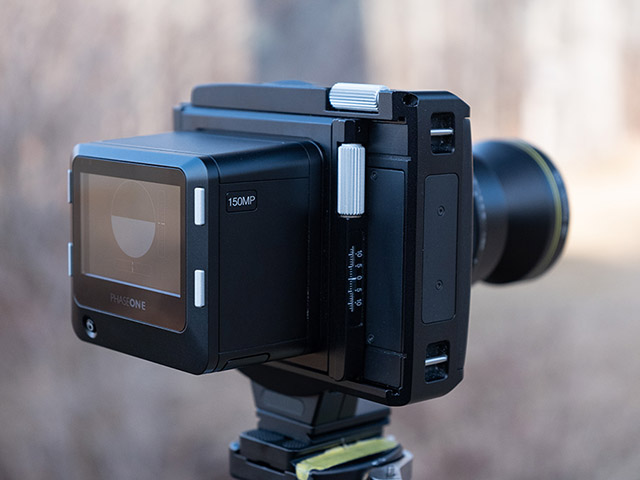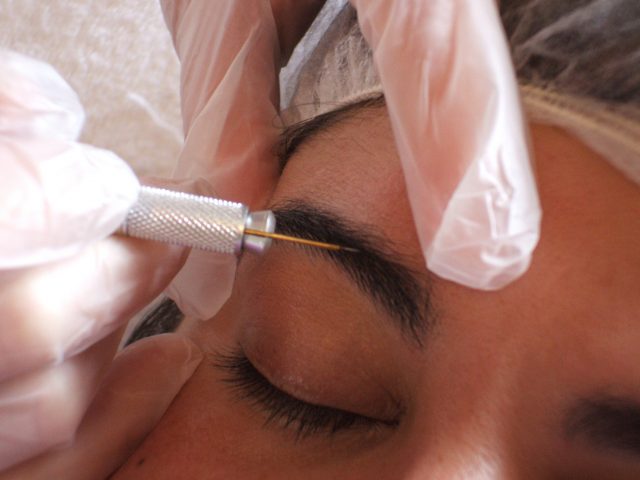
Photography is a blend of art and science, where technical knowledge enhances creative expression. Among the many technical concepts that photographers must grasp, the “crop factor” is one that often causes confusion, especially for those transitioning from smartphones or point-and-shoot cameras to DSLRs or mirrorless systems. Understanding crop factor is crucial because it directly affects the field of view and the apparent focal length of lenses. In this blog post, we’ll delve into what the crop factor is, how it works, and how you can use it to your advantage in photography.
What is the Crop Factor?
At its core, the crop factor is a ratio that compares the size of a camera’s sensor to a traditional 35mm film frame (also known as a full-frame sensor). The 35mm frame has been the standard reference in photography for decades. When digital cameras were first developed, the cost of producing sensors the size of a 35mm film frame was prohibitively expensive. As a result, many cameras were built with smaller sensors, leading to the concept of the crop factor.
The crop factor is calculated by dividing the diagonal measurement of a full-frame sensor by the diagonal measurement of the smaller sensor. For example, if you have an APS-C sensor, which is common in many DSLR and mirrorless cameras, the crop factor is typically around 1.5x to 1.6x, depending on the manufacturer. This means that the field of view of a lens on an APS-C sensor is narrower than it would be on a full-frame sensor.
How Crop Factor Affects Focal Length
One of the most significant impacts of the crop factor is on the effective focal length of lenses. A lens’s focal length is a physical characteristic and does not change, but the crop factor affects how that focal length behaves on different sensor sizes.
For example, let’s say you have a 50mm lens. On a full-frame camera, this lens provides a “normal” field of view, roughly equivalent to what the human eye sees. However, when you mount the same 50mm lens on a camera with an APS-C sensor (with a crop factor of 1.5x), the effective focal length becomes 75mm (50mm x 1.5). This narrower field of view is similar to using a 75mm lens on a full-frame camera, making the lens appear to be more “zoomed in” on the subject.
This effect is particularly useful in certain types of photography. For instance, in wildlife or sports photography, where you often need to bring distant subjects closer, using a crop sensor camera can be advantageous. A 300mm lens on a crop sensor camera with a 1.5x crop factor effectively becomes a 450mm lens, allowing you to get closer to the action without the need for an expensive super-telephoto lens.
Crop Factor and Aperture
While the crop factor directly affects the effective focal length, it also influences the depth of field (DOF) and the effective aperture. This aspect of crop factor is often overlooked but is crucial to understanding the overall impact on your images.
The aperture controls the amount of light entering the camera and the depth of field—the range of distance within a photo that appears sharp. When using a crop sensor camera, the depth of field is effectively deeper at any given aperture compared to a full-frame camera. This happens because to achieve the same field of view, you would need to use a shorter focal length on a crop sensor, which inherently has a deeper depth of field.
For example, if you’re shooting a portrait with an 85mm lens at f/2.8 on a full-frame camera, you’ll get a shallow depth of field with a beautifully blurred background. To achieve the same field of view on a crop sensor camera, you’d need to use a 50mm lens (assuming a 1.5x crop factor). However, at f/2.8, the depth of field will be deeper, resulting in less background blur.
To achieve a similar shallow depth of field on a crop sensor camera, you would need to use a wider aperture. However, wider apertures allow more light in, which can sometimes be a limitation if you are trying to balance exposure. Additionally, lenses with wider apertures are generally more expensive, so this is a trade-off you need to consider.
Crop Factor in Practice: Advantages and Limitations
Understanding the crop factor is not just about knowing how it affects focal length and depth of field. It’s also about recognizing the practical implications when selecting a camera system and lenses for your photography needs.
Advantages:
- Reach: As mentioned earlier, the crop factor can be an advantage in situations where you need extra reach. Wildlife, sports, and astrophotography are genres where crop sensors excel, as they allow you to get closer to the subject without the need for ultra-expensive lenses.
- Cost-Effectiveness: Cameras with crop sensors are generally more affordable than full-frame cameras. This affordability extends to the lenses as well. Crop sensor lenses are often lighter, smaller, and less expensive, making them a practical choice for hobbyists and beginners.
- Depth of Field Control: For landscape photographers, the deeper depth of field provided by crop sensors can be beneficial, as it allows for more of the scene to be in focus, even at wider apertures.

Limitations:
- Wide-Angle Photography: One of the most significant drawbacks of crop sensors is the difficulty in achieving wide-angle shots. A 24mm lens on a full-frame camera provides a wide field of view, but on a crop sensor with a 1.5x factor, it behaves more like a 36mm lens, making it challenging to capture wide landscapes or architecture.
- Low-Light Performance: Full-frame sensors generally perform better in low-light situations due to their larger size, which allows them to gather more light. Crop sensors tend to produce more noise in low-light conditions, especially at higher ISOs.
- Depth of Field Limitations: While a deeper depth of field can be advantageous in some situations, it can be a limitation in others, such as portrait photography, where a shallow depth of field is often desirable to separate the subject from the background.
Making the Most of Crop Factor
To make the most of the crop factor, it’s essential to consider the type of photography you intend to do and the gear you have or plan to invest in. Here are a few tips:
- Lens Selection: When choosing lenses, keep the crop factor in mind. If you’re using a crop sensor camera and want a standard field of view, consider a 35mm lens instead of a 50mm. For wide-angle photography, look for lenses specifically designed for crop sensors, such as those labeled “DX” for Nikon or “EF-S” for Canon.
- Aperture Management: If you need to achieve a shallow depth of field on a crop sensor, invest in lenses with wider maximum apertures, such as f/1.8 or f/1.4. However, be aware of the cost and potential issues with depth of field.
- Adaptability: If you plan to upgrade to a full-frame camera in the future, consider investing in full-frame lenses that can be used on both crop and full-frame bodies. This will save you money in the long run and provide more versatility.
- Experimentation: Finally, don’t be afraid to experiment with the crop factor. Use it creatively to explore new perspectives, whether by taking advantage of the increased focal length for distant subjects or by working around the limitations to discover unique compositions.
Conclusion
Understanding and using the crop factor in photography is essential for making informed decisions about your equipment and how you approach your photography. Whether you’re shooting landscapes, portraits, or wildlife, knowing how the crop factor affects your images allows you to harness its benefits and navigate its challenges effectively. With this knowledge, you can better tailor your gear and techniques to your creative vision, ultimately leading to more compelling and technically proficient photographs. If you are seeking a source of inspiration and guidance about informal balance in photography, visit their page for further info.









